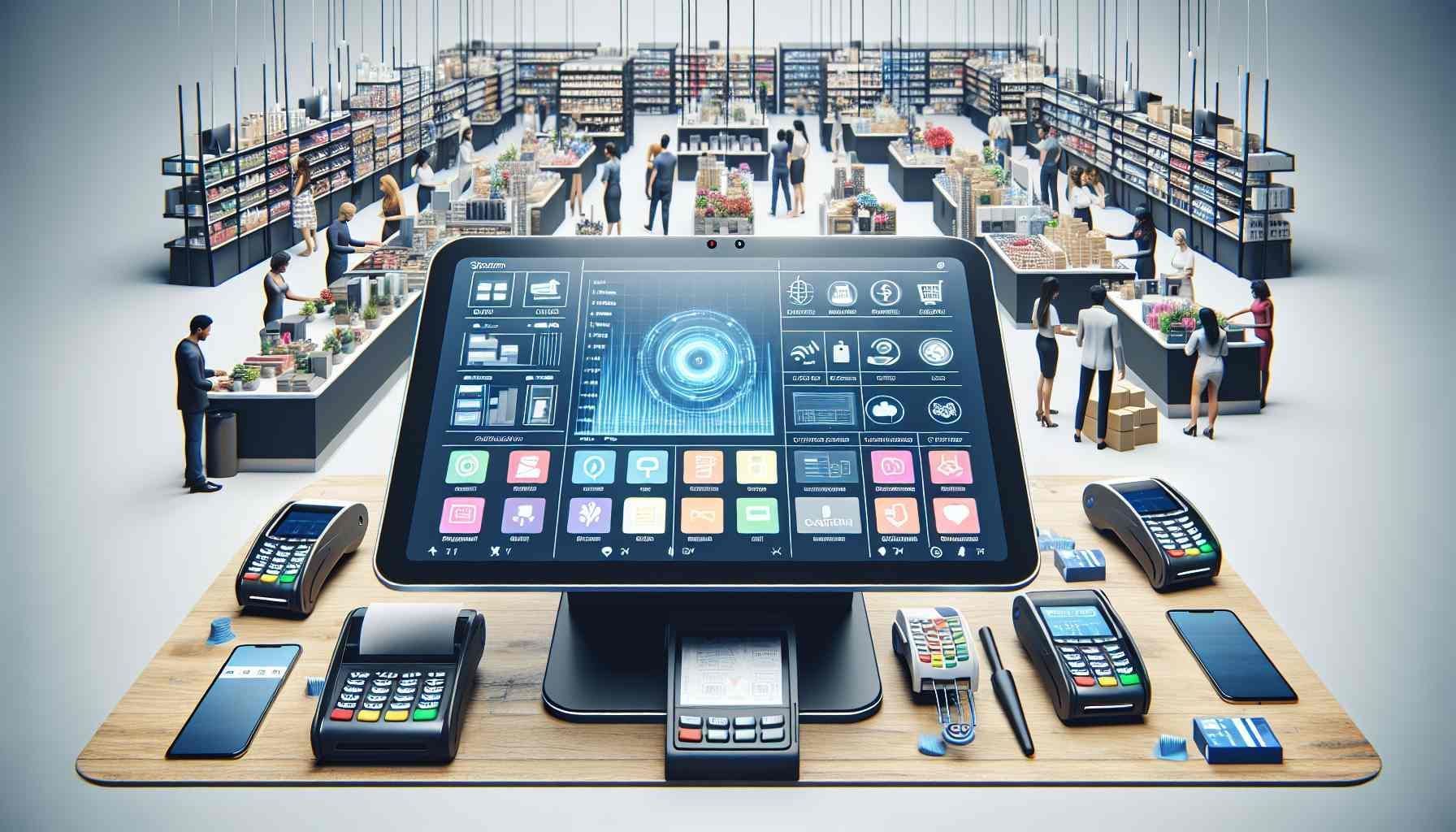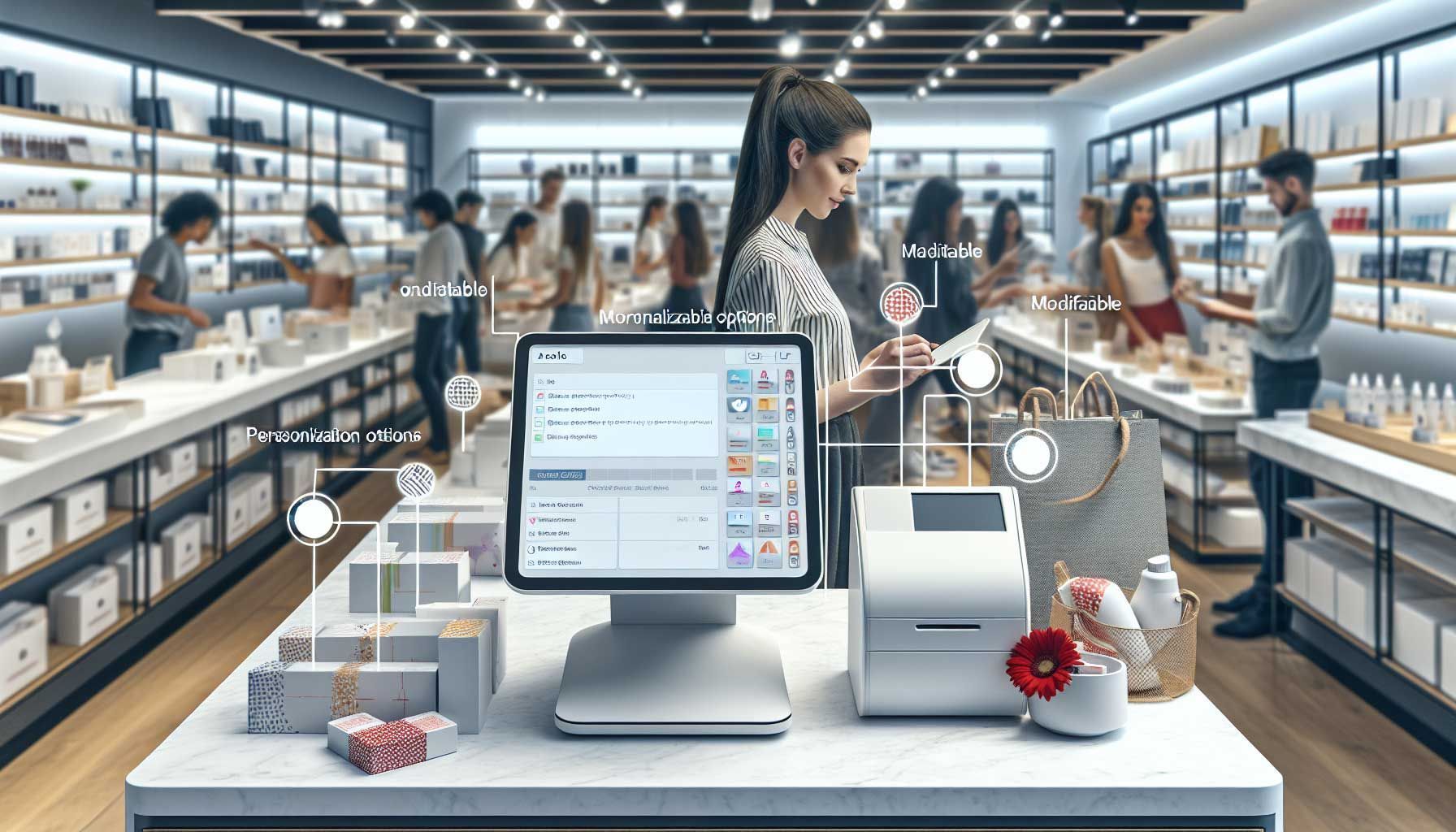Wholesale Integration Software To Optimize Your Retail Business
Introduction to Wholesale Integration Software
In an ever-evolving retail landscape, efficiency is key to maintaining competitive advantage.
One way to boost efficiency is through wholesale integration software, a tool that can help streamline operations, manage inventory, and enhance collaboration across your supply chain. Retailgear, with its PIM system, stands out as a solution that can seamlessly integrate with multiple suppliers, centralizing information and fostering better communication. Let’s dive deeper into what wholesale integration software is and how it can transform your retail business.
With Retailgear’s PIM system, you can easily bring together data from all your suppliers into one central hub. This facilitates better data accuracy and reduces the risk of errors, allowing you to provide your customers with consistent product information across all channels.
Pro Tip: When implementing a PIM, ensure it is flexible enough to accommodate changes and updates in your supply chain without disrupting service.
Why Wholesale Integration is Essential for Retailers
In today’s fast-paced retail environment, having a robust wholesale integration system is not just beneficial; it’s essential. Here are several reasons why retailers should prioritize wholesale integration:
- Simplified Inventory Management: With all supplier data centralized, keeping track of inventory levels becomes much easier. This minimizes overstock or stockout scenarios.
- Enhanced Collaboration: Collaboration with suppliers becomes seamless, allowing for joint efforts in marketing and sales strategies.
- Improved Data Accuracy: Centralization reduces human errors and ensures accuracy in product information.
- Streamlined Operations: Integration cuts down on the time wasted on manual tasks, allowing your teams to focus on more strategic activities.
Data shows that businesses leveraging vendor-managed inventory systems experience a 40% reduction in stockout incidents. This alone underscores the importance of efficient integration.
Pro Tip: Regularly review your integration performance metrics to identify areas for improvement. Look for trends that might indicate a need for further training or system upgrades.
Key Features of Retailgear’s PIM System
So, what makes Retailgear’s PIM system a game-changer for retail businesses? Here are some of its key features:
- Centralized Data Management: Retailgear allows you to manage product information from various suppliers in one place.
- Real-Time Inventory Updates: Stay updated on stock levels so you can react quickly to changes.
- Collaboration Tools: Easy-to-use tools that allow you to share data and insights with suppliers, enhancing working relationships.
- Flexible Integration Options: Connect with various eCommerce platforms and suppliers for a straightforward integration experience.
These features not only enhance operational efficiency but also contribute to better customer service by ensuring that accurate product information is readily available. Leverage the collaboration tools in Retailgear’s PIM to set regular check-ins with suppliers, which can improve communication and product updates.
Implementation Strategies for Wholesale Integration Software
When it comes to implementing wholesale integration software, having a clear strategy is vital. Here are actionable steps to consider:
- Define Your Objectives: Before you start, clarify what you aim to achieve with the integration. Is it increased efficiency, better analytics, or enhanced supplier relationships?
- Choose the Right PIM: Not all PIM systems are created equal. Ensure Retailgear meets your specific needs in terms of features and scalability.
- Map Out Your Data Flow: Understand how data will flow from suppliers to your central system and identify any potential bottlenecks.
- Train Your Team: Proper training is paramount. Your team should understand how to use the system effectively for maximum benefits.
- Monitor and Optimize: Post-implementation, monitor performance and gather feedback for continuous optimization.
Following these steps can result in a smoother onboarding process and help realize the full potential of your investment in wholesale integration software.
Pro Tip: Create a dedicated task force within your organization to oversee the implementation process, ensuring commitment and focus on the project.
Overcoming Common Challenges in Integration
Even the best systems can face challenges. Here are common hurdles retailers may encounter when integrating wholesale software, along with solutions:
- Data Inconsistencies: Different suppliers may provide data in various formats. Implement a standard data format across the board to tackle this issue.
- High Setup Costs: While initial costs can be daunting, consider the long-term savings from increased efficiency and reduced errors.
- Resistance to Change: Some employees may resist new technologies. Overcome this with comprehensive training and demonstrations of the software’s benefits.
Awareness of these challenges allows you to proactively address them, improving the odds of successful integration. Consider conducting a pilot project with a few suppliers to test the system before full-scale implementation.
Measuring the Success of Your Integration
Once you’ve implemented your wholesale integration software, how do you know if it’s working? Here are key performance indicators (KPIs) to track:
- Order Fulfillment Rates: Higher fulfillment rates indicate better inventory management.
- Time to Market: Measure how quickly products go from suppliers to your shelves.
- Cost Reduction: Assess cost savings attributed to fewer errors and improved efficiencies.
- Supplier Relationship Improvements: Collect feedback from suppliers to gauge satisfaction with collaboration.
Regularly analyze these KPIs to understand the effectiveness of your integration and make necessary adjustments. Utilize dashboards for real-time analysis of your KPIs, allowing you to respond quickly to any issues that may arise.
Future Trends in Wholesale Integration Software
As technology evolves, so too does wholesale integration. Staying ahead means being aware of future trends that can impact your operations:
- AI and Machine Learning: These technologies will enable predictive analytics, helping anticipate stock needs before issues arise.
- Increased Automation: More processes will be automated, reducing human error and freeing up valuable time for strategic initiatives.
- Enhanced Data Security: As integration technology grows, so will the focus on safeguarding data, a critical concern for retailers today.
By aligning your strategy with these trends, you can ensure that your retail business remains competitive in a dynamic marketplace. Stay updated with industry publications and tech blogs to keep abreast of new developments in wholesale integration technologies.
Embracing Wholesale Integration with Retailgear
Transitioning to wholesale integration software like Retailgear’s PIM can be a transformative step for retail businesses. By centralizing your supplier data and fostering seamless collaboration, you can significantly enhance your operational efficiency, improve inventory management, and ultimately drive sales higher.
Adopting these tools and strategies could be the edge your business needs to stay competitive and meet the challenges of modern retail head-on. So why wait? Now’s the time to embrace wholesale integration and take your retail operations to the next level!

We look forward to share the best strategies with you.
Thank you!

Bring your shop to the next level
Hi, I'm George and I like retail and technology. Therefore, my passion here at Retailgear.com is to provide you with reliable information to automate and digitize your store. You can find out what we can do for your industry through our menu. Also, feel free to check out this updated list of retail tools.
Get inspiration in your inbox to get more sales and store visitors with less effort.











